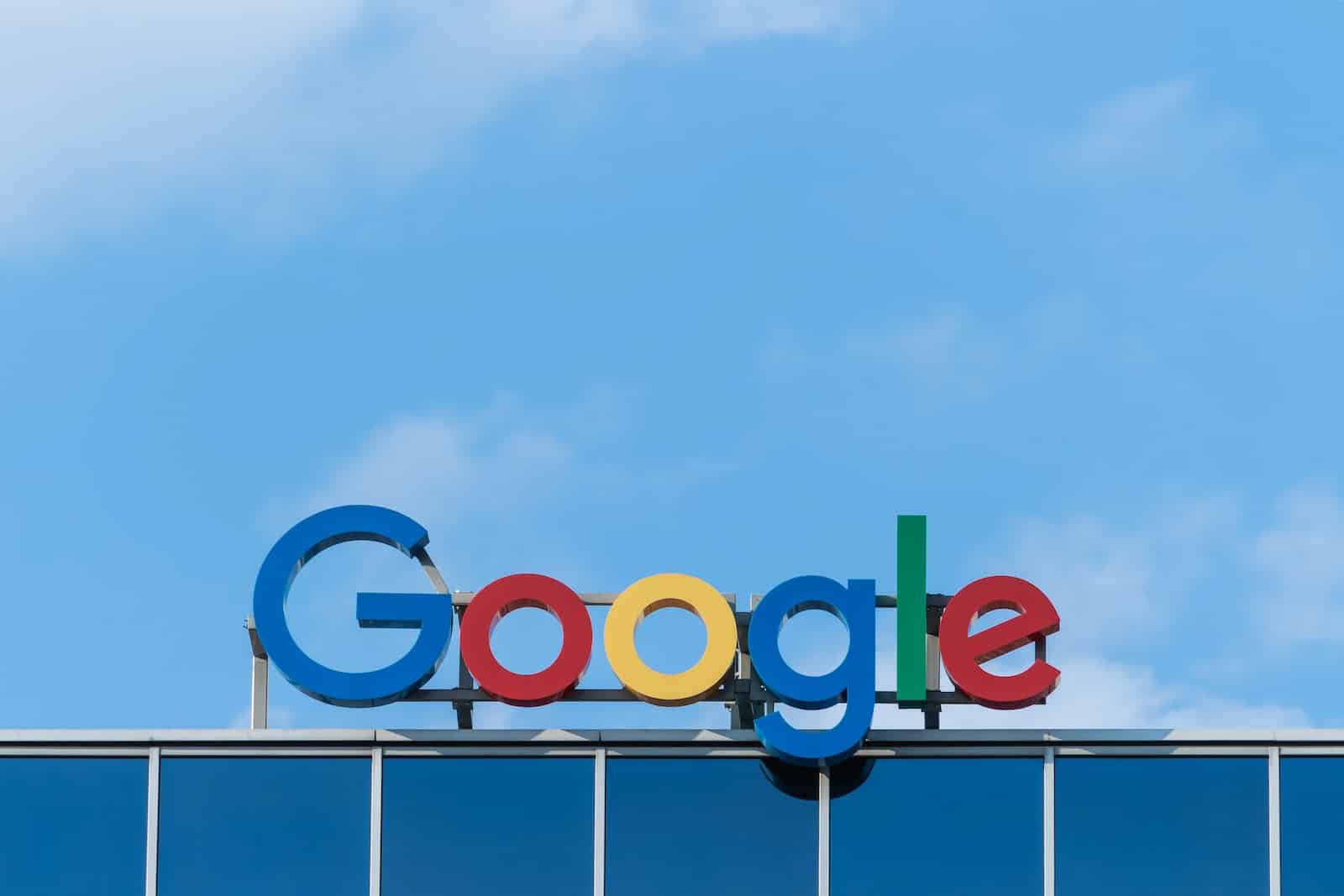The tech giant strengthens its collaboration with TSMC for future Pixel chips and launches new initiatives in search, XR, and multimodal models.
The 2025 edition of Google I/O has not only restored market confidence in the company’s artificial intelligence (AI) strategy, but it has also helped consolidate a renewed and pragmatic vision: real products, tangible innovation, and increasingly tight industrial collaboration with Taiwan.
After several years in which its conferences were overshadowed by technical explanations of models and fragmented announcements, Google has managed this time to refocus on the user experience. The new AI features for the search engine, improvements in products like Android XR, and projects like Project Astra or Starline have been well received by analysts and users alike.
Real products, a vision for the future
The introduction of features such as AI Overviews and AI Mode for the search engine has highlighted Google’s efforts to adapt its business model to an environment where large language models (LLMs) and conversational assistants are transforming the way information is accessed.
Additionally, projects like Project Starline—which debuted in 2021 as a prototype for 3D video calling without glasses—have finally materialized as a commercial product named Google Beam, in collaboration with HP and Zoom.
Another notable announcement has been the push for the Android XR operating system and new augmented reality glasses, inheriting advancements from past acquisitions like Raxium (microLED) and HTC’s XR division.
The company also showcased the latest developments of its video generation model Veo, whose quality is now hard to distinguish from actual recordings, as well as the Genie system, capable of generating 3D environments from text. In the robotics realm, Google presented applications from the Gemini Robotics model, anticipating its future integration in physical assistants.
Strategic cooperation with Taiwan and TSMC
Beyond software, Google is making significant strides in hardware. According to industry sources, high-ranking executives from the company recently visited Taiwan to reinforce their alliance with TSMC. The upcoming Tensor G5 chip, set to equip the Pixel 10 in 2025, will be manufactured using TSMC’s 3-nanometer node.
This collaboration is projected to continue for at least the next 3 to 5 years, extending to future models like the Pixel 14. This move marks a turning point, moving away from reliance on Samsung Foundry in previous generations and betting on greater energy efficiency and performance.
Google’s cooperation with the Taiwanese supply chain also extends to server chips, liquid cooling solutions, and AI-specific IC design.
DIGITIMES also revealed that Google has secured a significant agreement with Foxconn, which includes the deployment of Android Auto and embedded AI systems, where the Gemini models will play a central role.
Rebuilding trust after a challenging year
Google’s relaunch at this I/O comes at a pivotal moment. Earlier this year, Apple acknowledged during an antitrust investigation that traffic to Google had declined in April, and they were considering exploring other AI engines. This, coupled with previous mistakes in AI-generated search results, raised doubts about the company’s ability to keep pace with OpenAI and other startups in the sector.
Sundar Pichai, CEO of Alphabet and Google, has aimed to address these doubts with a clear narrative: research transformed into product. His message, repeated multiple times during the conference, underscores the tech giant’s commitment to bridging the gap between laboratory and market.
A new cycle for Google
The strategy presented at Google I/O 2025 points to a new phase where artificial intelligence not only enhances existing services but becomes a central focus of its ecosystem. With cloud infrastructure powered by new chips, strengthened industrial alliances, and a clear vision for integrating AI in mobile devices, cars, and immersive gadgets, Google appears to have moved past the uncertainty.
The collaboration with TSMC and the Taiwanese supply chain not only solidifies its commitment to in-house hardware but also sends a clear geostrategic message: in the post-Moore era, technological sovereignty begins with silicon.
via: digitimes

